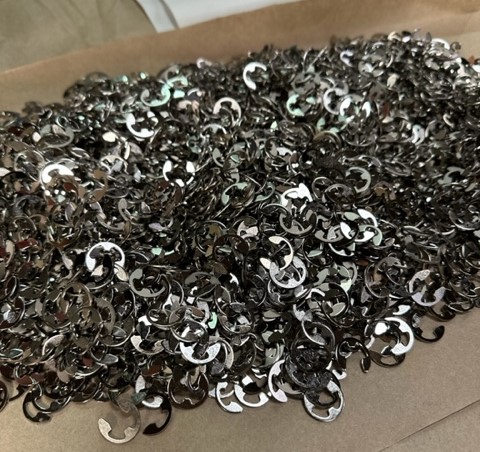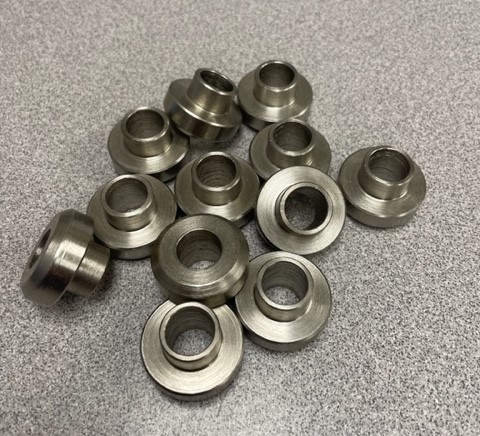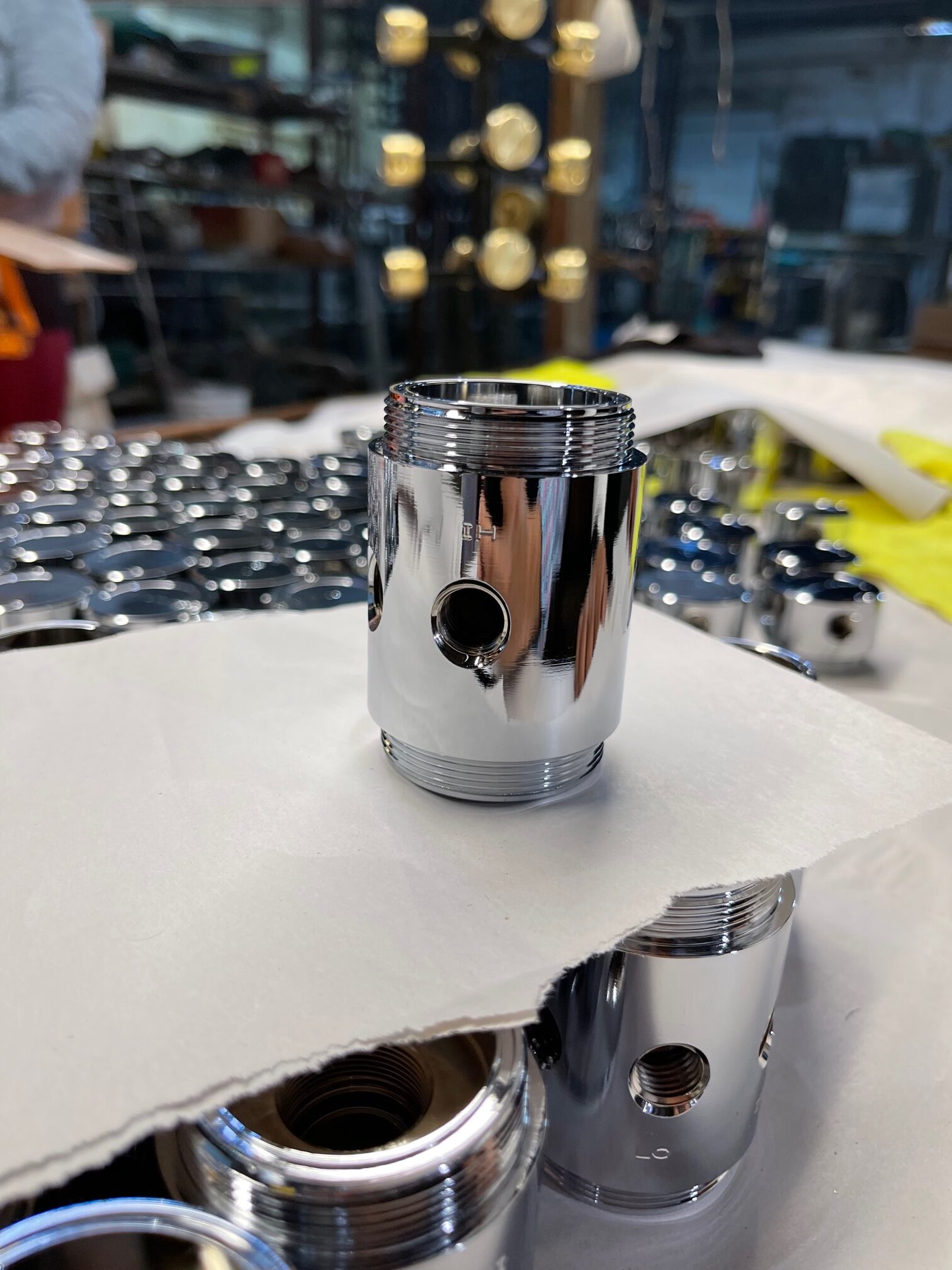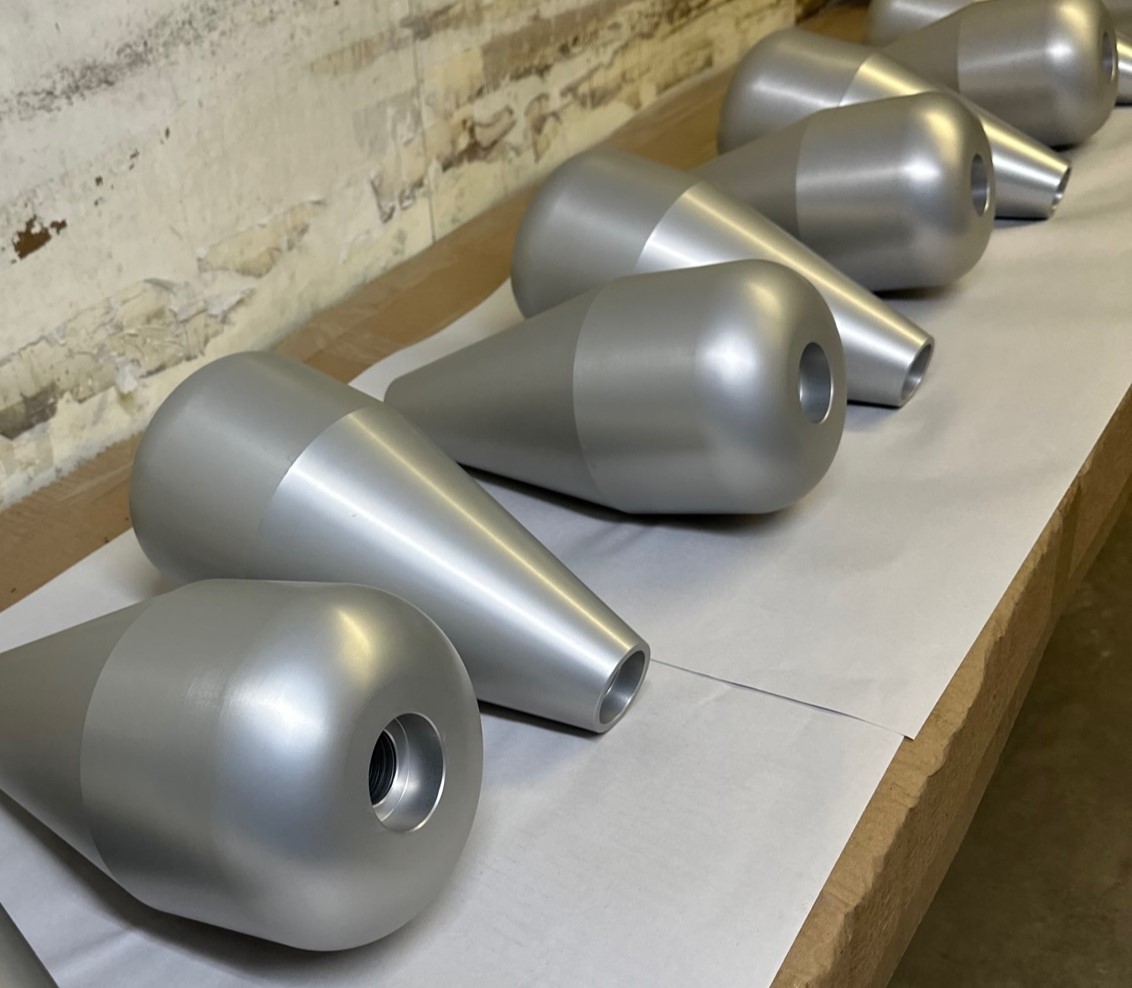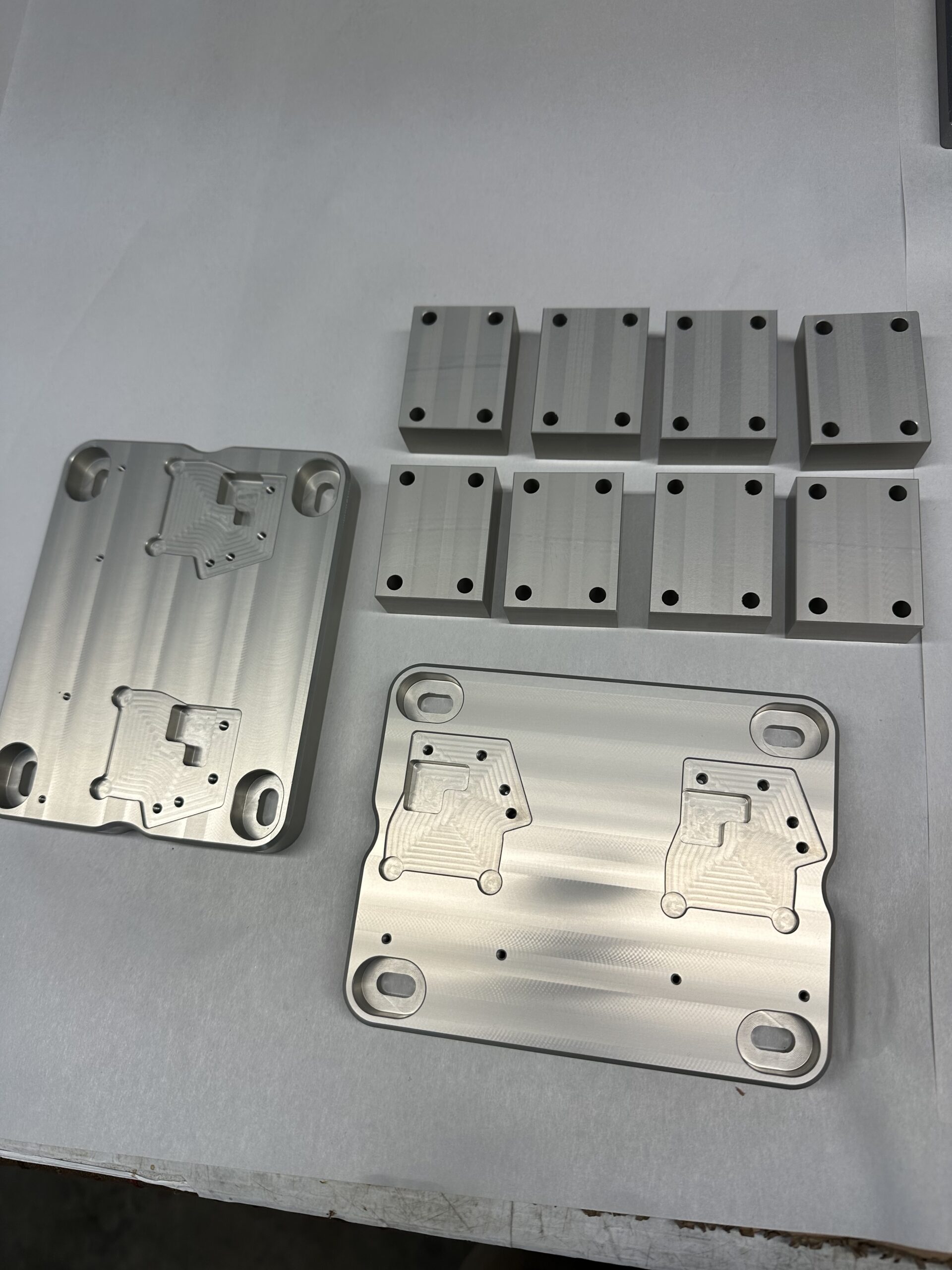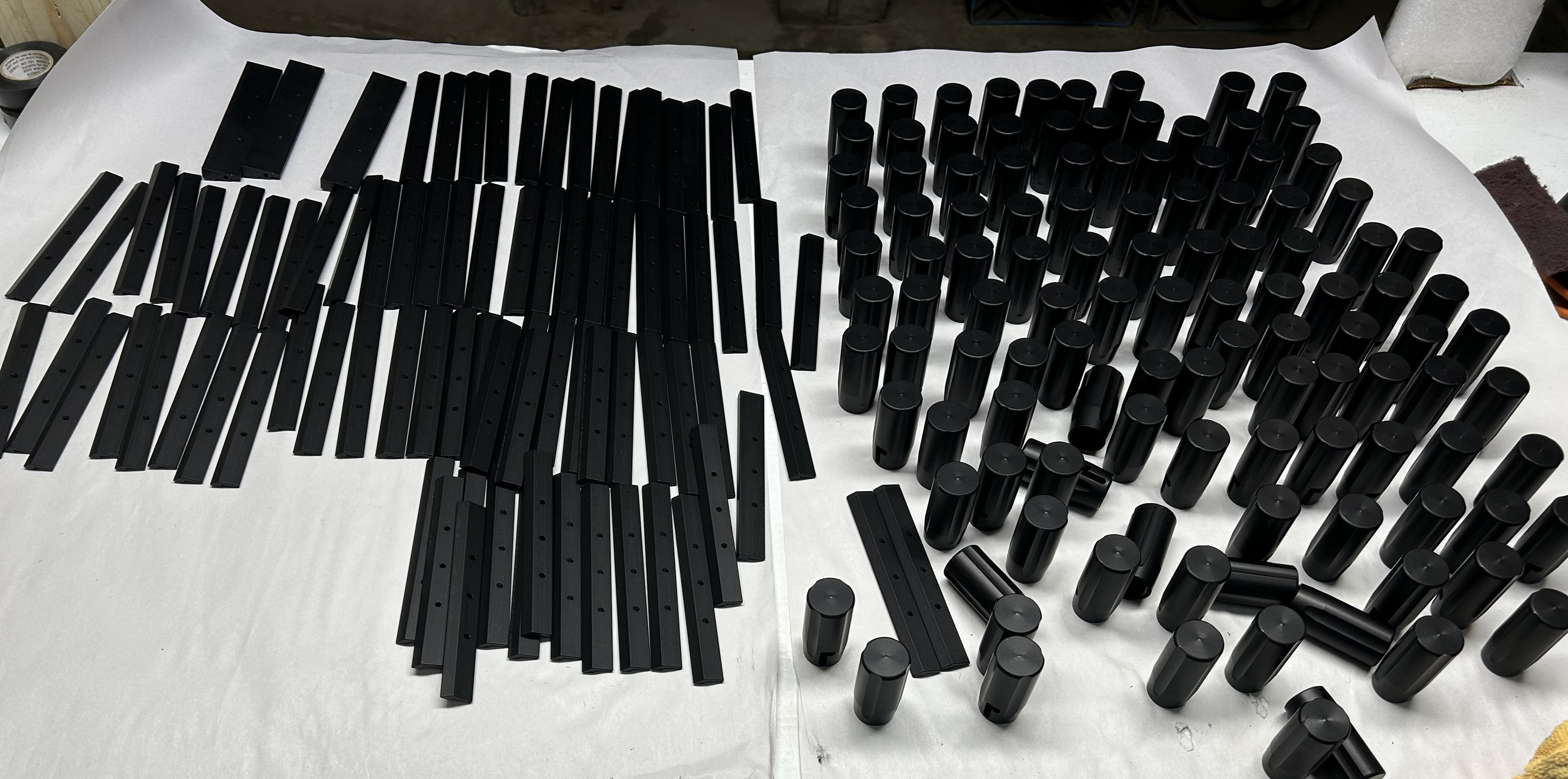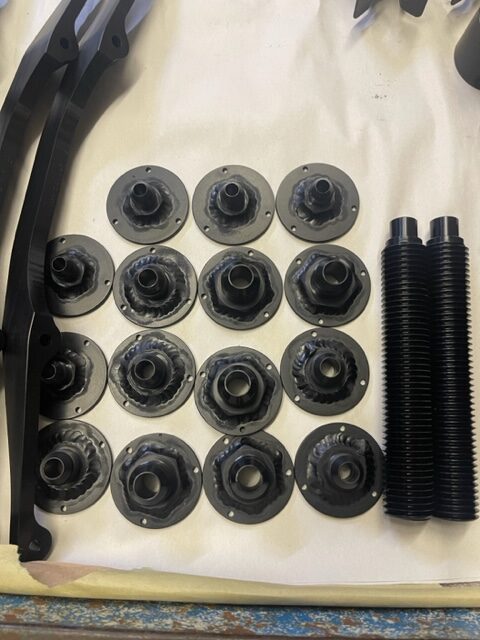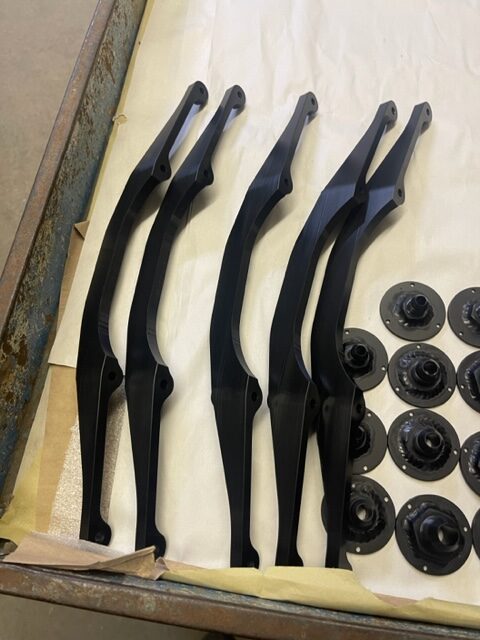Services
Electroless Nickel (Medium Phosphorus (Per Mil-C-26074)
Electroless nickel plating offers many benefits, such as a uniform thickness, protection against corrosion and wear, excellent lubricity, magnetic properties, and solderability. The process is also used to coat non-conductive materials. Electroless nickel’s wide range of applications includes computers, electronics, automotive, machinery, oil and chemical equipment, printing, and food processing.
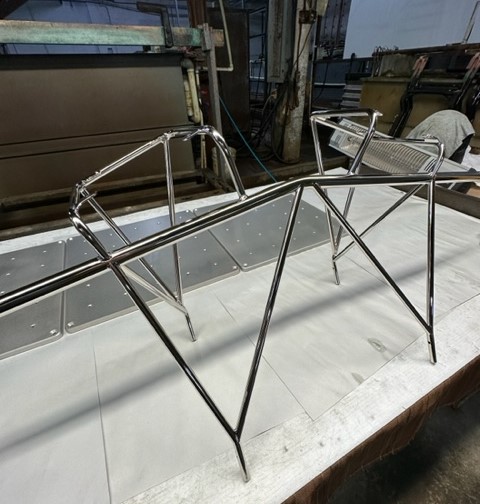
Electrolytic Nickel (Per Mil-Spec QQ-N-290)
Bright and dull nickel finishes for a diverse range of engineering as well as corrosion protective applications. Decorative and functional, our nickel finishes have durable mechanical properties that allow them to sustain severe operating conditions. They are ideal for varied metal surfaces, including steel, copper &copper-based alloys, as well as zinc.
Chrome (per ASTM B-456)
Dull or Bright Chromium offers good corrosion and abrasion resistance within the family of commonly plated metals. Chromium coatings over suitable undercoats such as copper/nickel or nickel provide an excellent durable decorative system with increased overall corrosive protection value. The chromium protects the nickel from oxidation and tarnish while providing the bright bluish tint recognized as decorative chrome. Our traditional hexavalent chromium baths deposit neutral chromium metal onto part surfaces. Although hexavalent chromium, known as a hazardous substance, is present in the plating bath, the chromium metal is deposited onto your component parts in its neutrally charged, non-hazardous metallic form. This should not be confused with the hexavalent chromates used as a protective topcoat on zinc plated parts.

Passivation in Nitric (Per ASTM-A967
Passivation of stainless steel is a process that removes free iron from the surface of a stainless component and at the same time promotes the formation of a thin, dense oxide protective barrier.
Type II Anodize
- Class I (coating has a mil thickness of 0.7 (18 microns) or greater)
- Class II (coating has a minimum mil thickness of 0.4 (10 microns)
- AMS-2471
- Mil-A-8625
- AAMA611 CLASS I , CLASS II
Clear or color aluminum anodizing (also known as sulfuric acid anodizing) is an electrochemical process that produces a clear oxide layer, usually less than 0.0010″ thick, on the surface of the metal. This oxide layer is extremely porous and hard. The pore structure, when viewed under a high-powered microscope, looks like a honeycomb or metal sponge.
When colored, dye or ink is deposited into the pore structure and sealed. Sealing improves corrosion protection, locks the color in and stabilizes the surface.
Sulfuric acid anodizing provides comparable corrosion resistance and better wear characteristics than chromic (Type I) acid anodizing.
